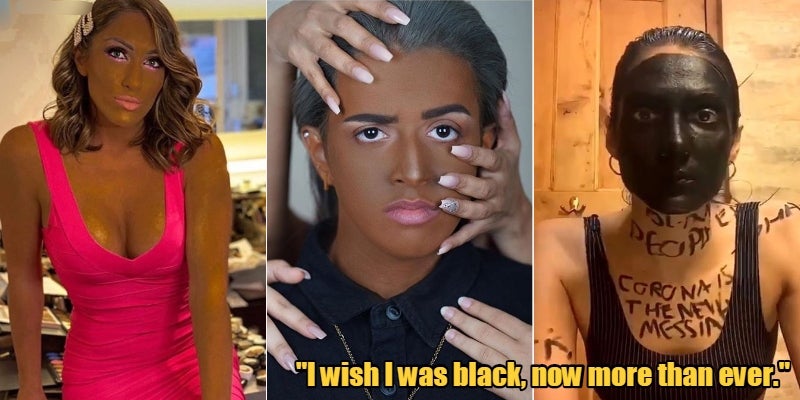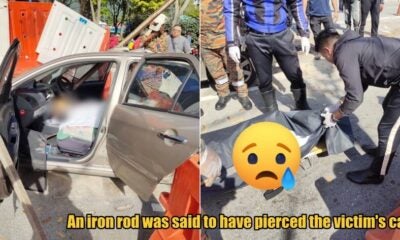The Black Lives Matter (BLM) movement has certainly made an impact (as it should), with millions of people not only in the States but across the world standing up in support of abolishing systemic racism from the policing system in America.
While some took to the streets to peacefully protest, others took to their social media pages to reinforce the cause online. But it seems that there is still one online community that doesn’t seem to be getting it right.
Syrian artist, satirist and socio-political activist, SaintHoax took to their Instagram account to showcase influencers donning blackface in their efforts to ‘show solidarity’ towards the BLM movement.
SaintHoax wrote, “Many ‘influencers’ have been sharing photos of themselves wearing blackface as an act of solidarity with the Black Lives Matter movement. Even after receiving backlash, some are still refusing to take down their posts. How can you ‘spread awareness’ about a subject you know so little about? If you genuinely care about a cause, the least you can do is educate yourself about it. It’s infuriating that we still need to educate people about the racist and painful history of blackface. We shouldn’t be having this conversation in 2020.”
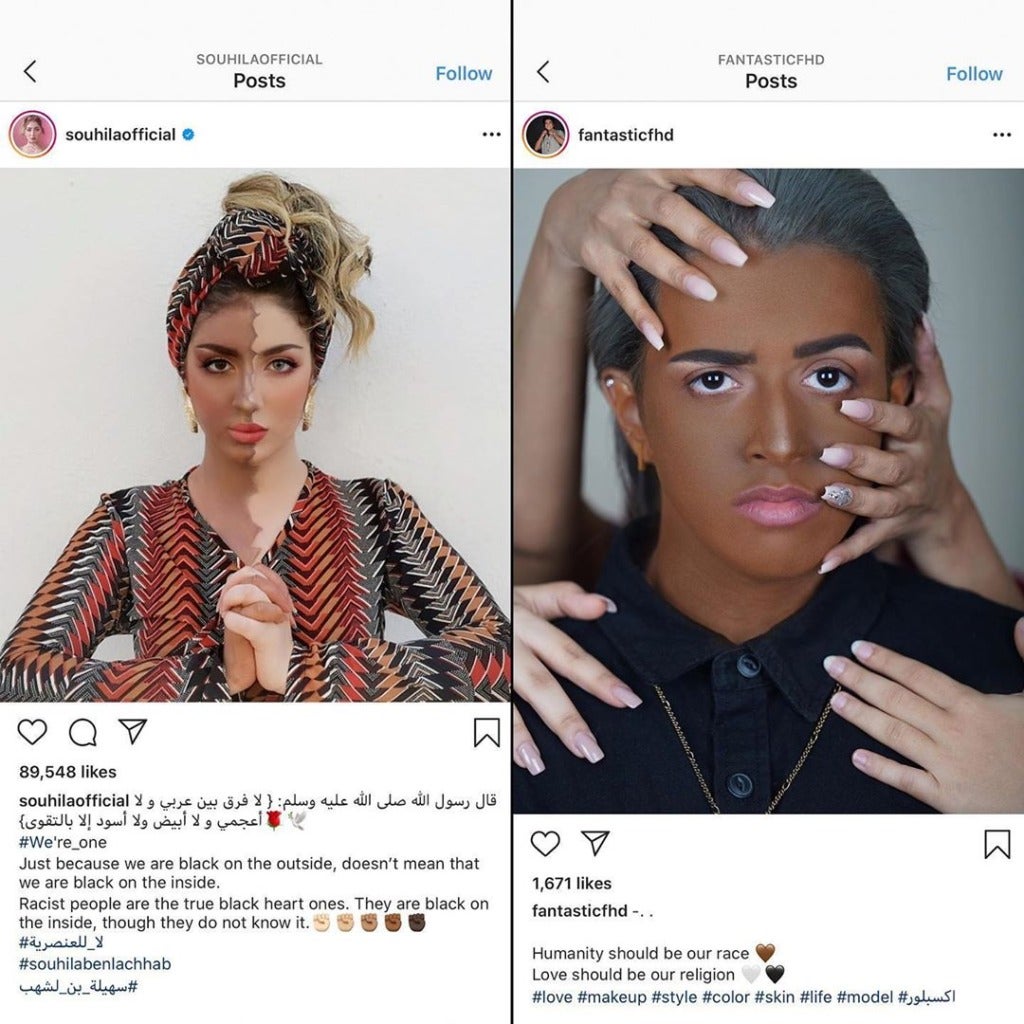
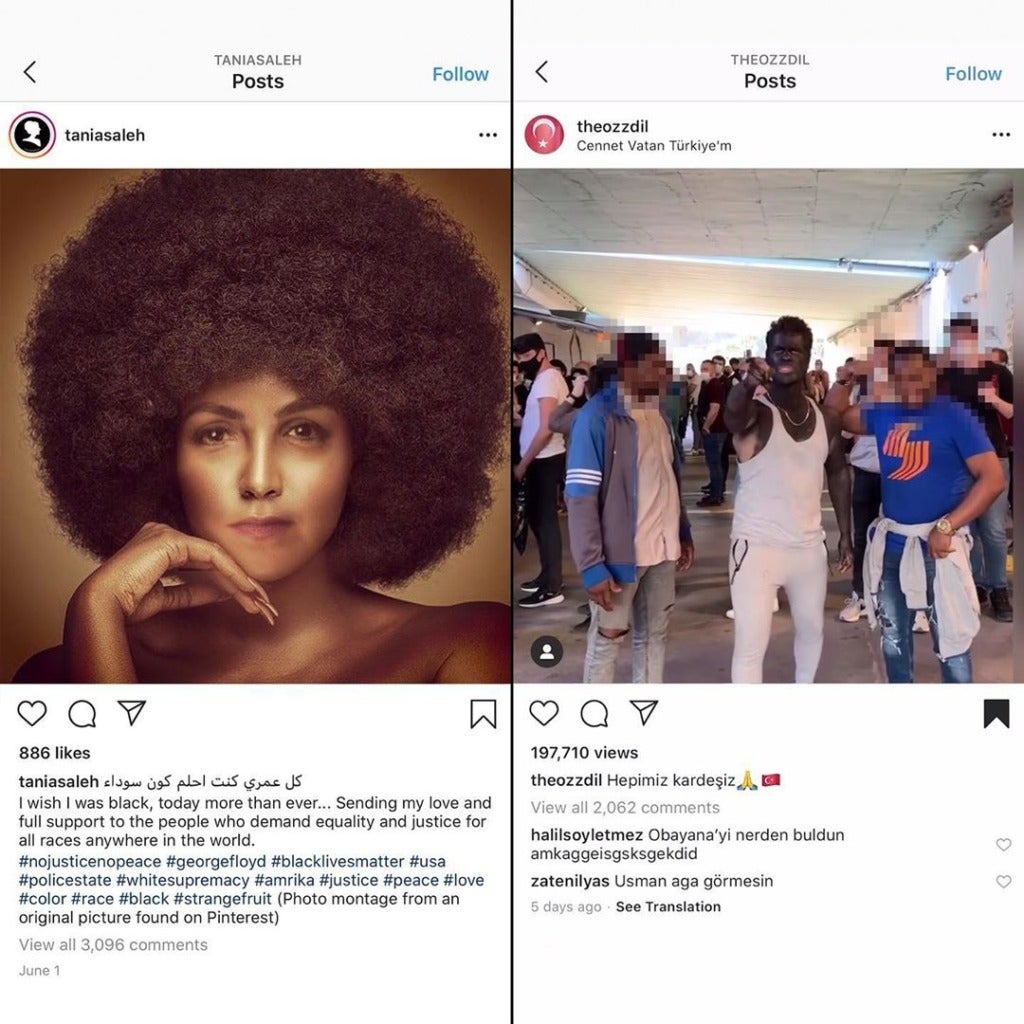
One of the influencers, Tania Saleh, even so far as to write “I wish I was black, now more than ever” in her caption while wearing blackface and an afro hairdo.

She also added in her comments that she will not take her posting down as she posted it with love.
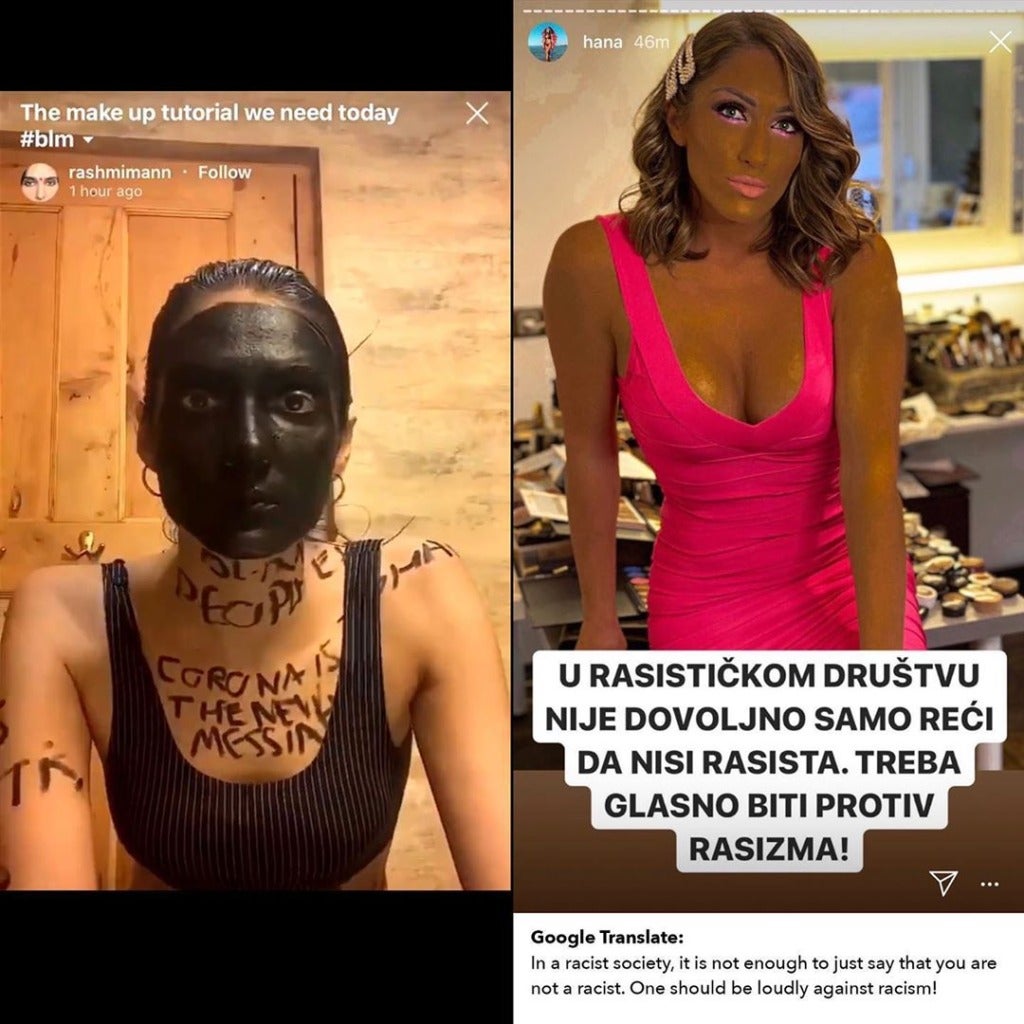
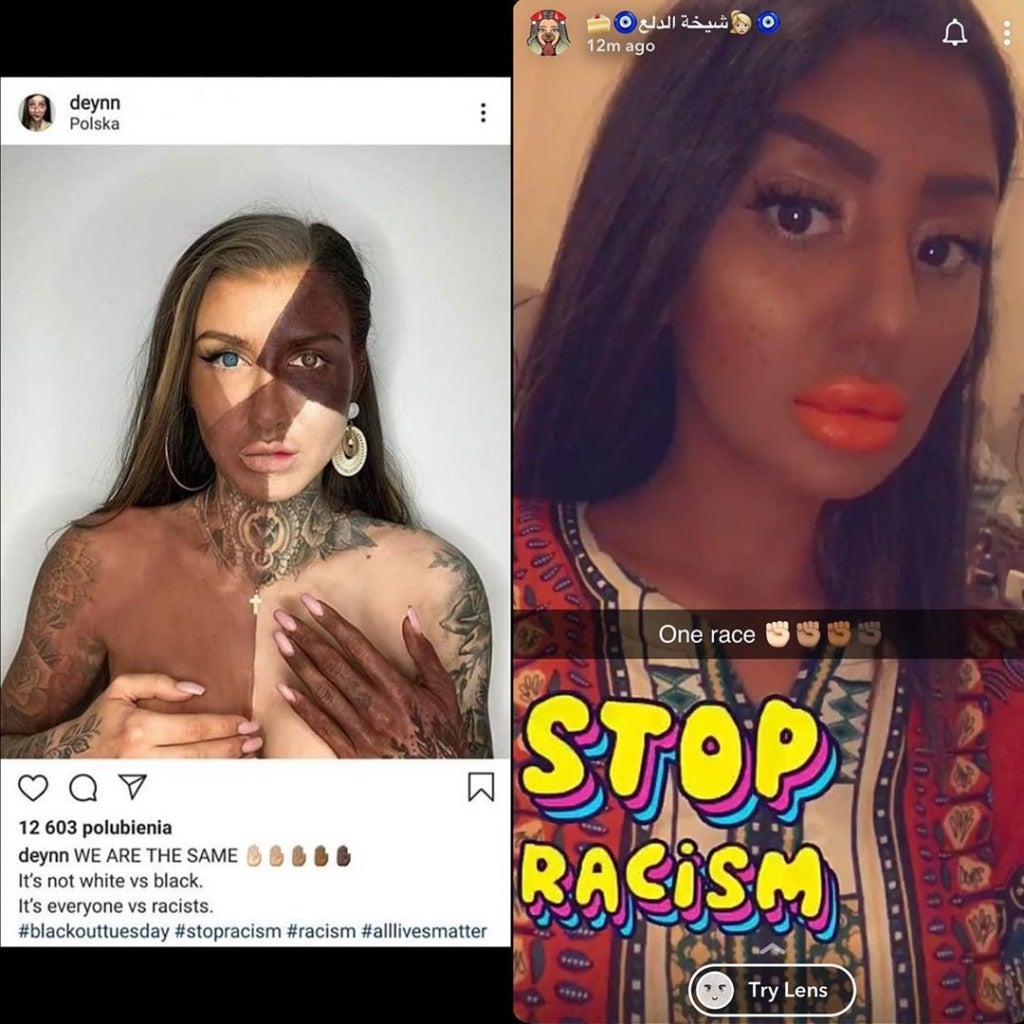
We do not doubt that these postings were made with good intentions but the method used to show solidarity with the BLM movement is a complete contradiction to the cause.
Here’s one good example of the contradiction:
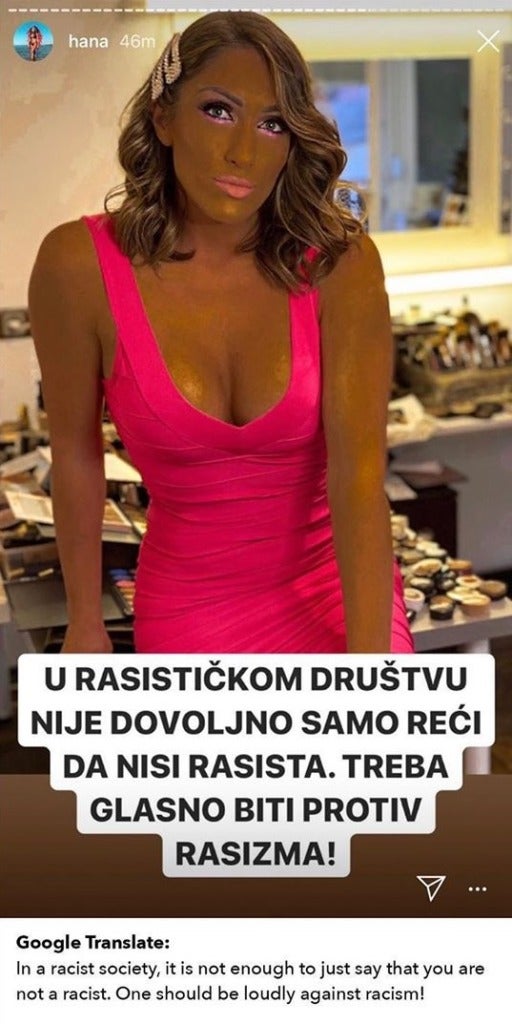
This influencer wrote that one should be loudly against racism while in blackface but donning blackface is a racist and offensive act.
Here’s why.
As according to CNN, the origins of blackface can date all the way back to the mid-19th century through minstrel shows, where white performers darkened their skin with polish and cork, wore tattered clothing and exaggerated their features to look stereotypically ‘black’.
They would then mimic enslaved Africans in plantations, depicting them as lazy, ignorant, cowardly and hyper-sexual, as stated by the Smithsonian’s National Museum of African American History of Culture (NMAAHC).
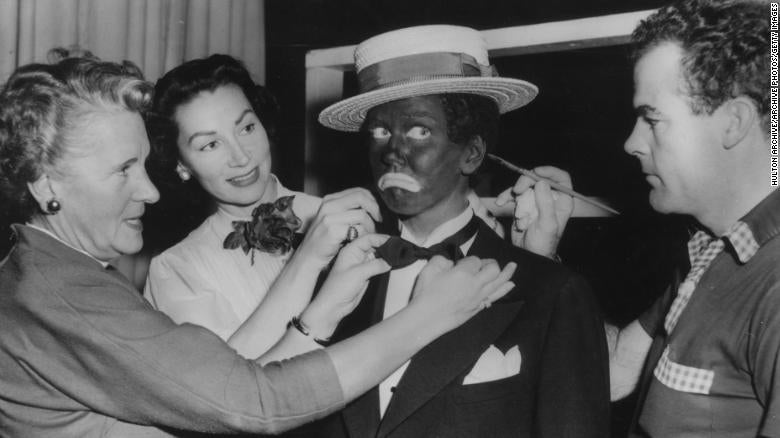
These performances were intended to be funny to white audiences, but obviously it was demeaning and hurtful to the black community. Apparently even black performers had to put on blackface as it was the only way they could work for white audiences were not interested in watching black actors do anything but act foolish on stage.
Minstrel shows were evidently the only depiction of black life that white audiences saw. They presented enslaved Africans as the butt of jokes which desensitised white Americans to the actual horrors of slavery.
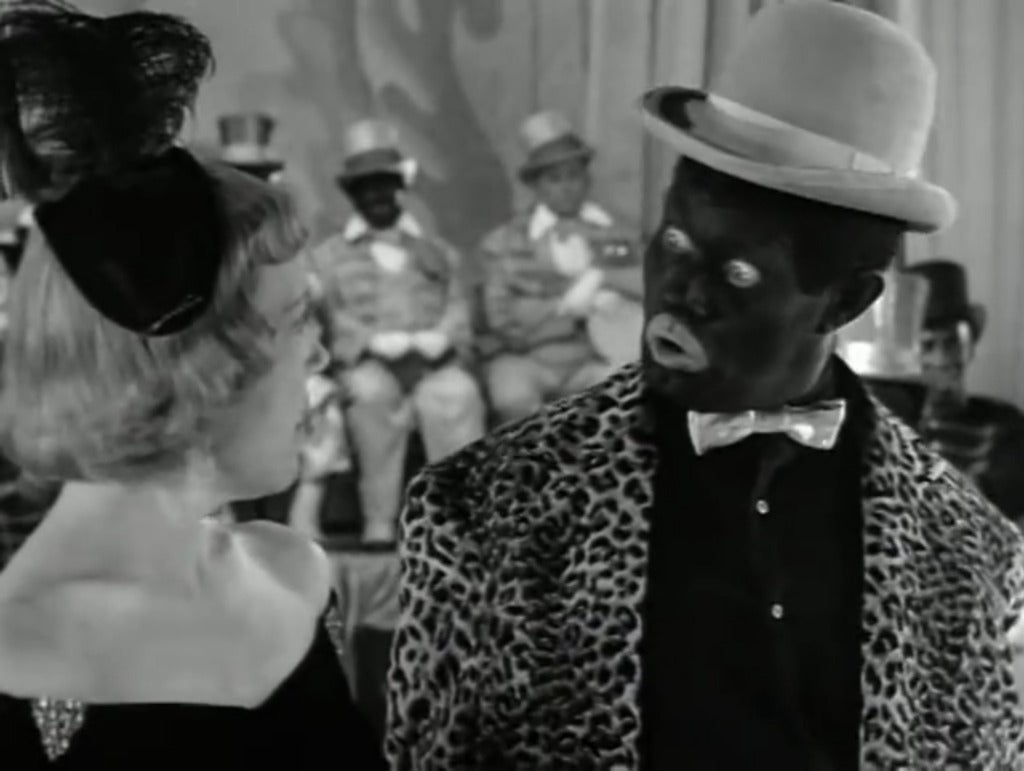
“By distorting the features and culture of African Americans, including their looks, language, dance, deportment and character, white Americans were able to codify whiteness across class and geopolitical lines as its antithesis,” said the NMAAHC.
Blackface basically promotes demeaning stereotypes of black people that helped confirm white people’s notion of superiority.
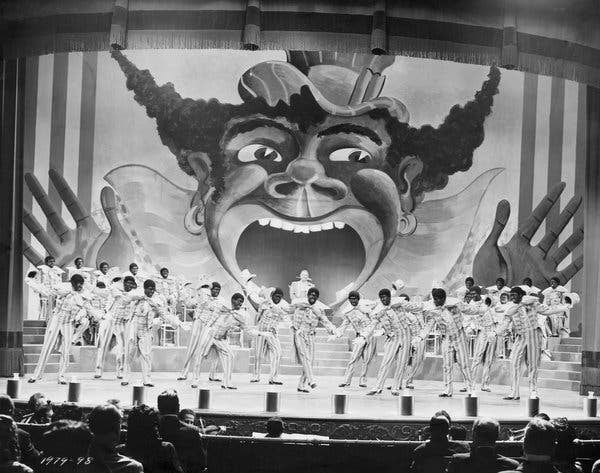
Hence, the fact that the BLM movement is meant to shed light and overcome this stereotypical racism that’s been so deeply rooted into the system and climate, wearing blackface just makes things worse. There are many, MANY ways to support the BLM movement and donning blackface is just not one of it.
On the other hand, understanding why the BLM movement is so important and educating oneself about the hardships and history of African Americans can be a way to support them.
In the words of American author, Donald Miller, “In the age of information, ignorance is a choice.”
Also read: Why #BlackLivesMatter Should Be An Important Movement To Malaysians

